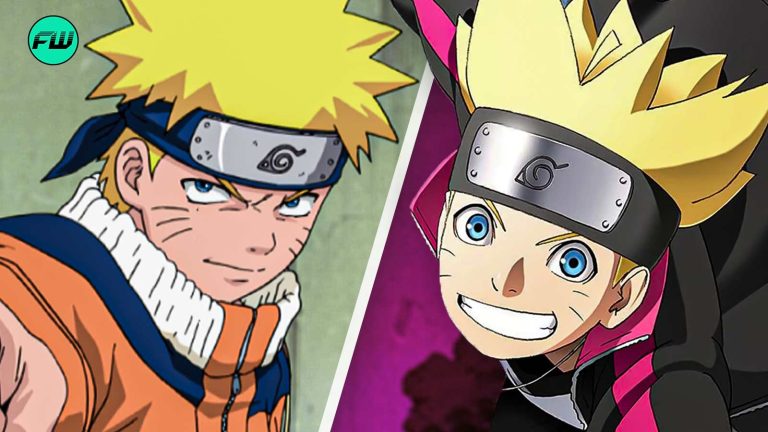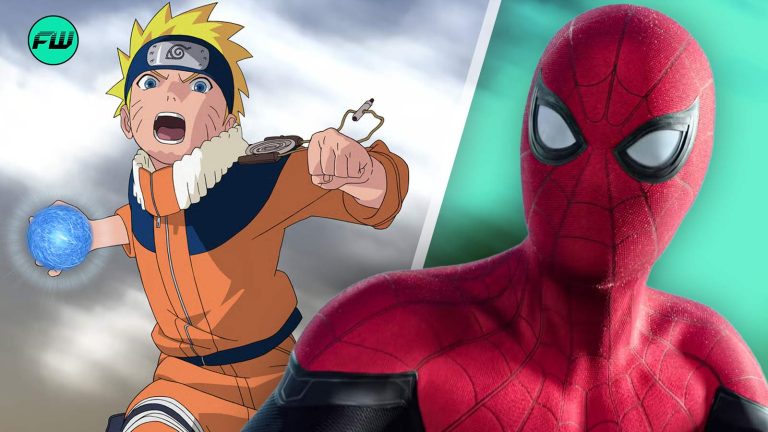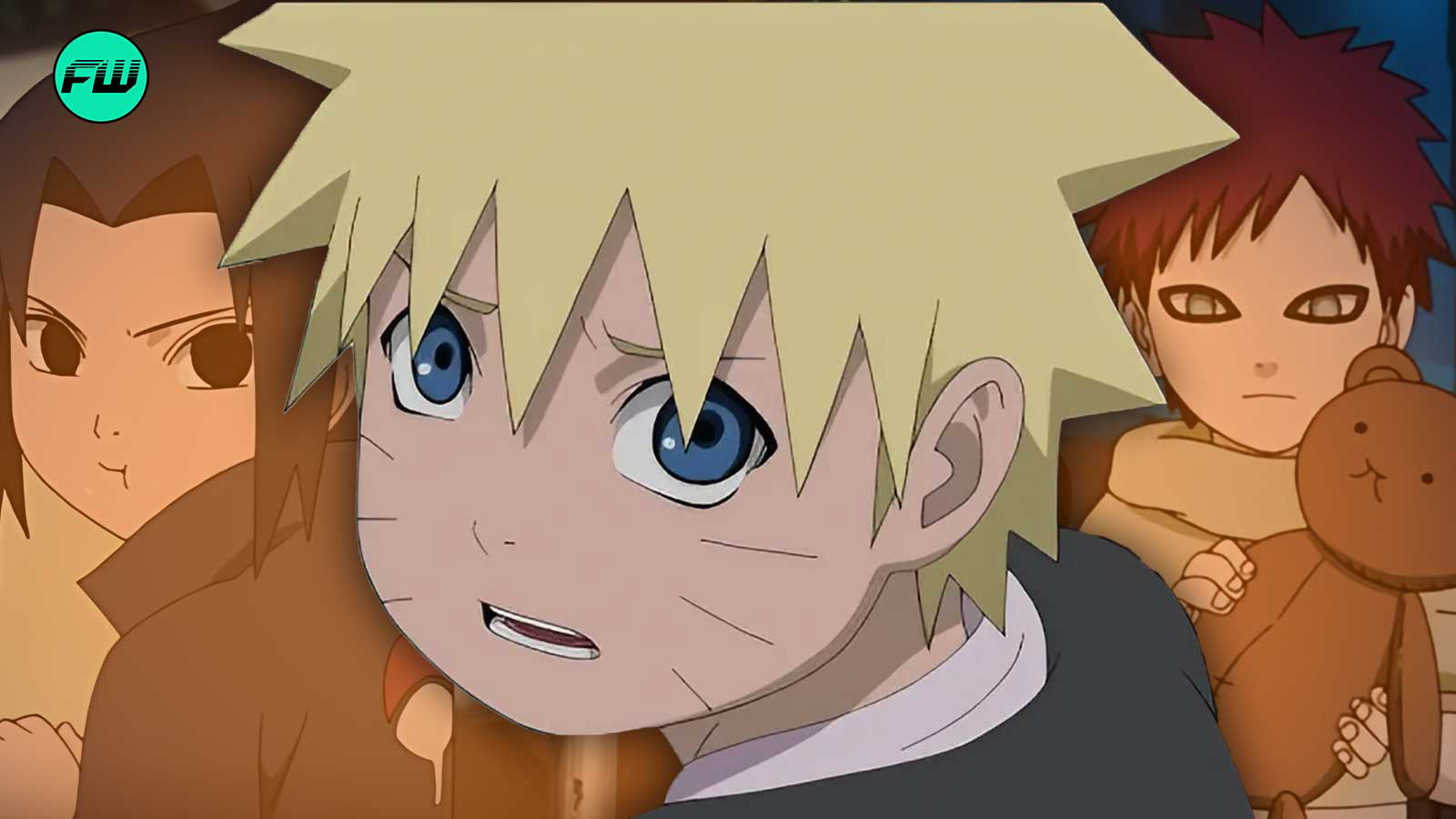
It is true that Naruto heavily focuses on the knucklehead and his journey to become Hokage yet it also brings out certain intricacies and complexities. The series isn’t a mere ninja story heavily focused on action and adventure but it underlines some of the tragic character backstories.
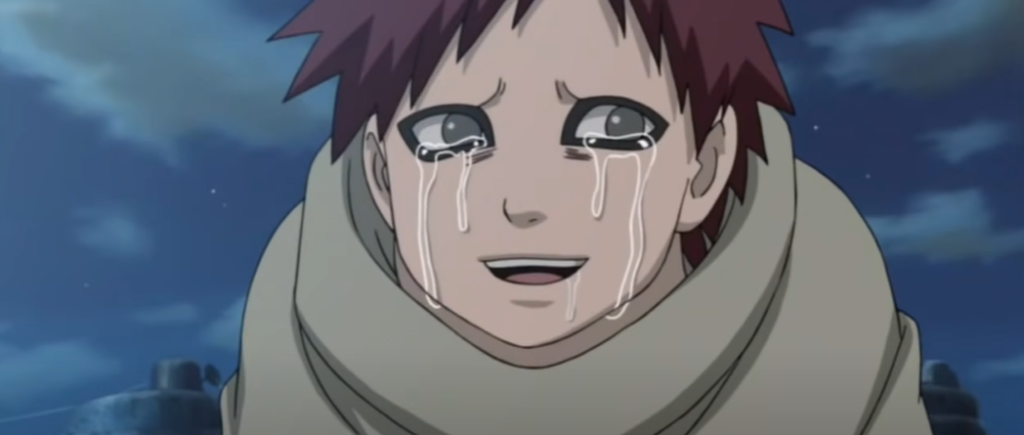
Interestingly, Naruto and Sasuke’s past isn’t comparable to this character’s painful path. This also goes for Gaara whose development as a strong shinobi brought tears to our eyes. While tragedy takes center stage in Kishimoto’s series it also highlights the lost childhood in these characters’ case.
The tragic trajectory of them all
The characters in Masashi Kishimoto’s series are often imbued with a sense of gravity and tragedy in every sense. It is this complexity of their persona which makes them so special yet it is also their development and progress which remains a standalone aspect.
Now this is where the infamous talk-talk jutsu comes in handy it allows the knucklehead to knock sense into the people around him. Be it Neji or Nagato, empathy served as a turning point in the characters’ lives but it didn’t have to be this way now did it? There were several exceptions to this legendary jutsu.
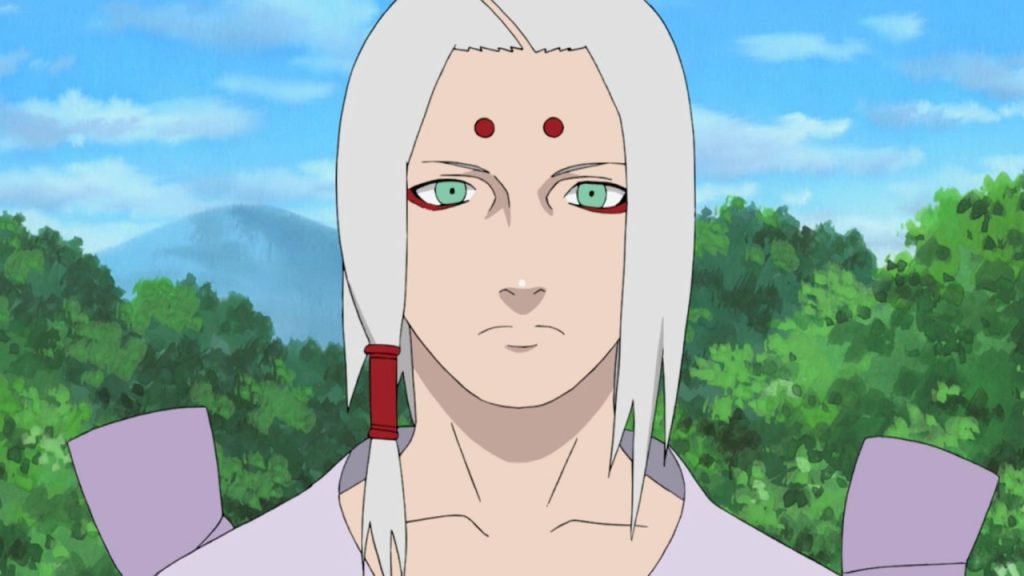
Other than Nagato and Obito, there were several instances where the series laid out the villains’ tragic background. In a true sense, Kishimoto showcased his genius in fleshing out their traumatic journey as a ninja. The most common belief is that Naruto, Sasuke, and Gaara had troubled pasts.
It is valid, however, there is a character so goated that his life story is nothing short of devastating. Although brief, his stint in the arc was impactful nonetheless as most fans pointed out. But fans also believe that he takes the cake when it comes to having a “sadder life”.
Precisely, Kimimaro’s fate in the series is nothing sort of soul-crushing as Redditors pointed out.
What’s the most braindead Naruto debate?
byu/Commercial-Car177 inNaruto
Comment
byu/Commercial-Car177 from discussion
inNaruto
Comment
byu/Commercial-Car177 from discussion
inNaruto
Comment
byu/Commercial-Car177 from discussion
inNaruto
Comment
byu/Commercial-Car177 from discussion
inNaruto
Like other members of Sound Four, Kimimaro was merely used as a pawn in Orochimaru’s schemes. The only difference is that he ended up being a liability to Sannin because of his illness as the latter revealed. But that isn’t all there is to it, especially with how he was manipulated.
After witnessing his clan’s extinction, he was brainwashed by Orochimaru who gave him false hopes. It triggered a sense of devotion within Kimimaro who defended him till his last breath albeit Sannin’s exploitation. This brilliantly highlights the theme of lost childhood in the series.
The theme of lost childhood in Naruto
In retrospect, Kimimaro’s story is gut-wrenching and saddening because of several reasons. But this majorly has to do with him being weaponized due to his lethal abilities in Naruto. Kishimoto uses the motif of child soldiers to outline war and its influence on children as well as society.
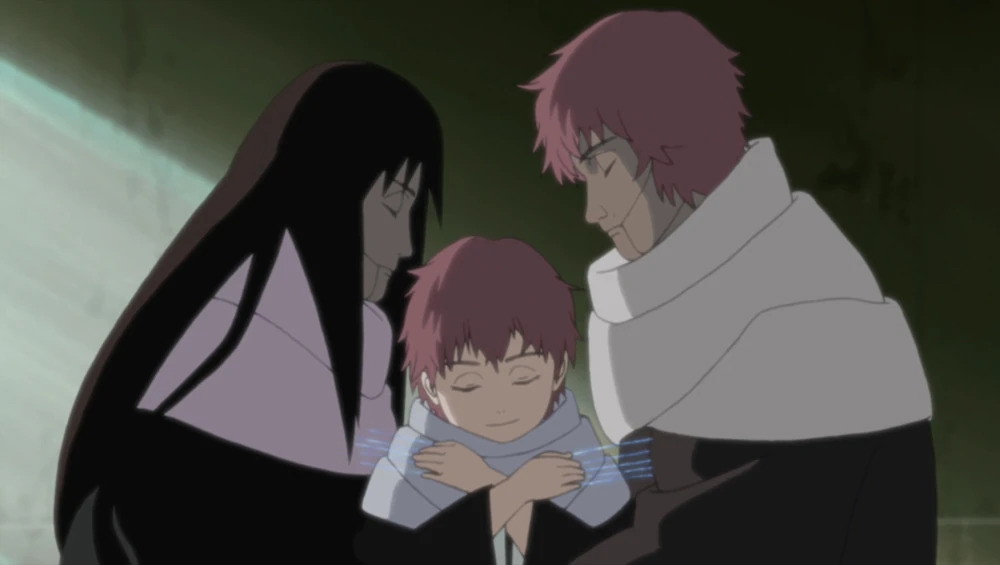
But mostly, children seem to experience the collateral damage when it comes to political unrest. Ame Orphans, for example, were left to fend for themselves after witnessing war in Kirigakure. Sasori, too, wasn’t exempt from the abject misery as seen when he replicates his parents to experience parental love.
There is childhood but worse still it often gets lost within the overarching conflict as seen with Kakashi, Itachi, and many others. The mental and emotional maturity is often a result of their trauma but in other cases, they become distorted and are pushed to the darkness.
Not everything is sugar, spice, and everything nice in Masashi Kishimoto’s Ninjaverse and the lost childhood is a great example of that. Through this imagery, the mangaka unpacked the different hues and a spectrum of pain and loneliness which makes it remarkable in many ways.
Naruto is available for streaming on Netflix. The manga is available for reading on Shueisha’s Manga Plus app/
This post belongs to FandomWire and first appeared on FandomWire
